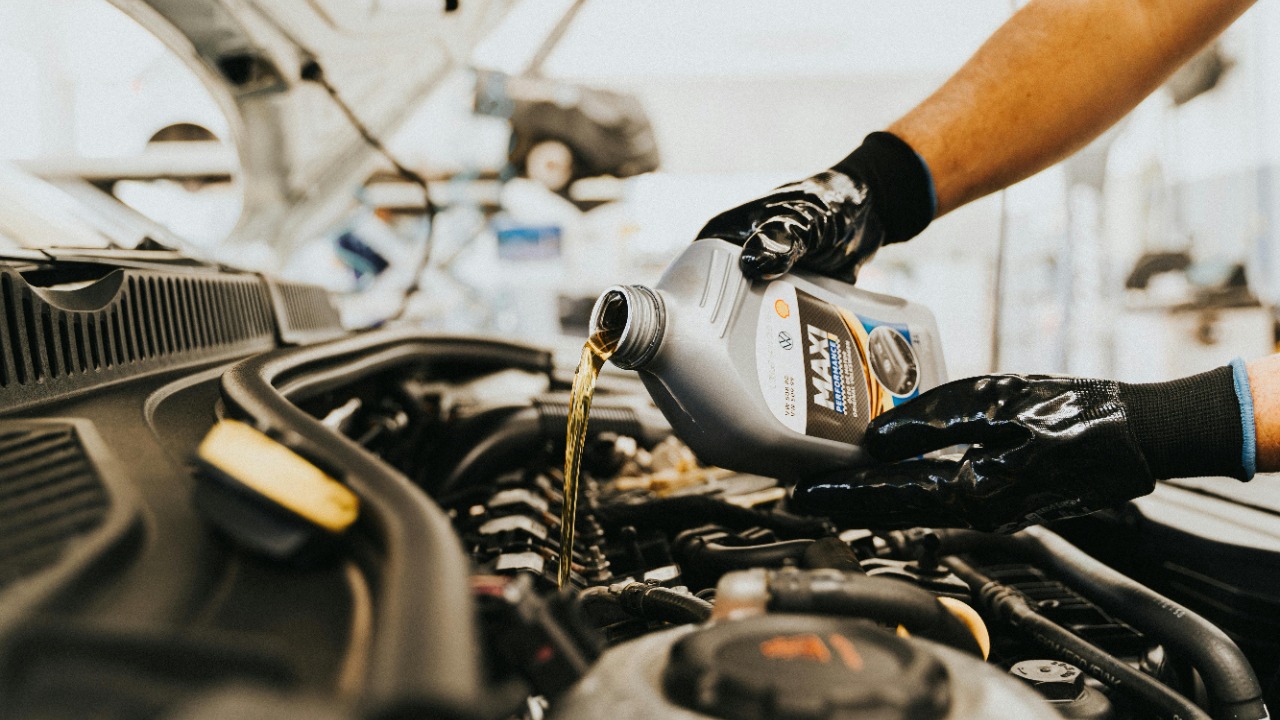
Engine oil is the lifeblood of your vehicle, ensuring smooth operation and longevity. However, oil levels naturally decrease over time due to burning and potential leaks. Regular checks and topping off your engine oil can prevent costly engine damage. Topping off involves adding small amounts of the correct oil type to your engine, without exceeding the full mark on the dipstick.
Why Engine Oil Levels Matter
Engine oil plays a crucial role in lubricating moving parts and reducing friction within your vehicle’s engine. According to a Society of Automotive Engineers (SAE) paper, low oil levels can lead to metal-on-metal contact, causing accelerated wear and tear on your engine.
Low oil levels can manifest in several ways, including warning lights on your dashboard and unusual engine noises. A 2022 Consumer Reports survey found that 15% of vehicle failures were due to undetected low oil levels. Ignoring these signs can lead to long-term risks such as seized engines. For instance, a 2018 Ford F-150 owner faced a hefty $5,200 repair bill due to neglected oil top-offs, as reported by Edmunds.com.
Signs Your Engine Needs Topping Off
There are several indicators that your engine oil needs topping off. One such sign is the activation of the dashboard oil pressure warning light, which typically illuminates when the pressure drops below 4-6 psi, according to General Motors service guidelines.
Physical signs such as blue smoke from the exhaust can also indicate oil burning, a problem that affects 10% of high-mileage vehicles over 100,000 miles, as noted by Car and Driver. Regular dipstick checks revealing oil below the “add” line are crucial, with the API Engine Oil Licensing and Certification System emphasizing monthly inspections.
How to Check Your Oil Level Properly
Checking your oil level properly involves a few simple steps. First, park your vehicle on level ground and wait 5-10 minutes after shutting down the engine. This allows the oil to settle and gives you an accurate reading. This procedure is outlined in Toyota’s owner manual.
Next, wipe the dipstick clean with a rag and reinsert it fully before checking the oil level. The oil should be between the minimum and maximum marks on the dipstick. It’s also important to note that oil checks should be done when the engine is cool to avoid burns. In fact, AAA reports that 20% of DIY errors occur from attempts to check oil levels on a hot engine.
Choosing the Right Oil for Topping Off
When topping off your engine oil, it’s crucial to match the viscosity grade recommended in your owner’s manual. Using the wrong oil can cause a 25% efficiency loss, as explained by Mobil 1.
There are different types of engine oil, including conventional, synthetic, and blends. A 2021 Valvoline study showed that synthetic oils can last up to 10,000 miles, compared to 3,000 miles for conventional oils. However, mixing oil types can lead to sludge buildup in 5% of cases, according to Pennzoil guidelines.
Step-by-Step Guide to Topping Off Oil
To top off your engine oil, first locate the oil filler cap on the valve cover, typically marked with an oil can icon. Remove it carefully, as shown in Kelley Blue Book videos. Pour in small increments of 0.5 quarts using a funnel, monitoring the dipstick to avoid overfilling beyond the full mark.
After adding the oil, replace the cap and run the engine briefly to circulate the new oil. Wait for 5 minutes, then recheck the oil level. Firestone Complete Auto Care advises against adding more than 1 quart of oil per check.
Common Mistakes and How to Avoid Them
Overfilling your engine oil is a common mistake that can increase crankcase pressure and potentially blow seals, leading to an average repair cost of $1,500, according to a 2023 RepairPal estimate. Another common error is ignoring the correct oil type specified in your vehicle’s manual, which can lead to warranty voids. For example, a 2019 Honda recall case affected 50,000 vehicles due to incorrect oil use.
Checking your oil level on uneven surfaces can skew readings by up to 0.25 quarts, as per Bridgestone tire service tips. To avoid these mistakes, always follow the manufacturer’s guidelines and perform regular oil checks and top-offs.
More from MorningOverview